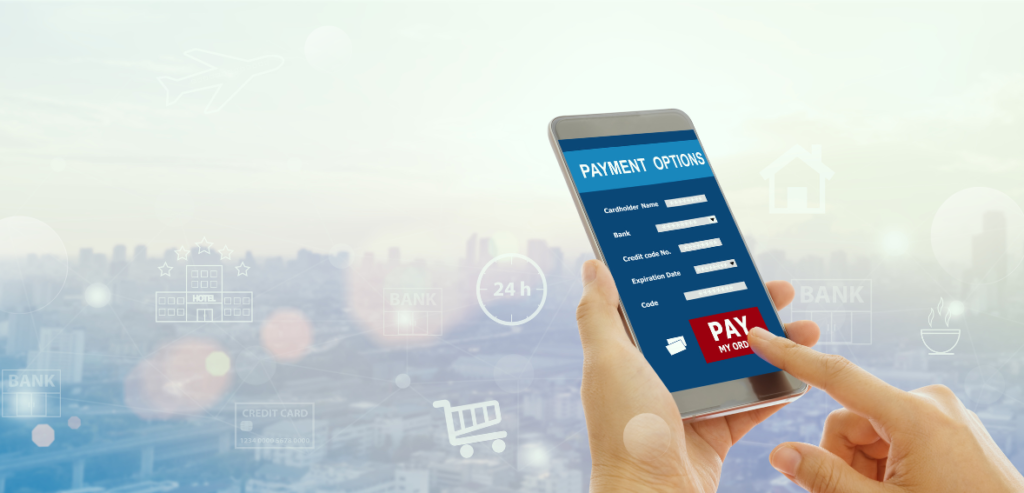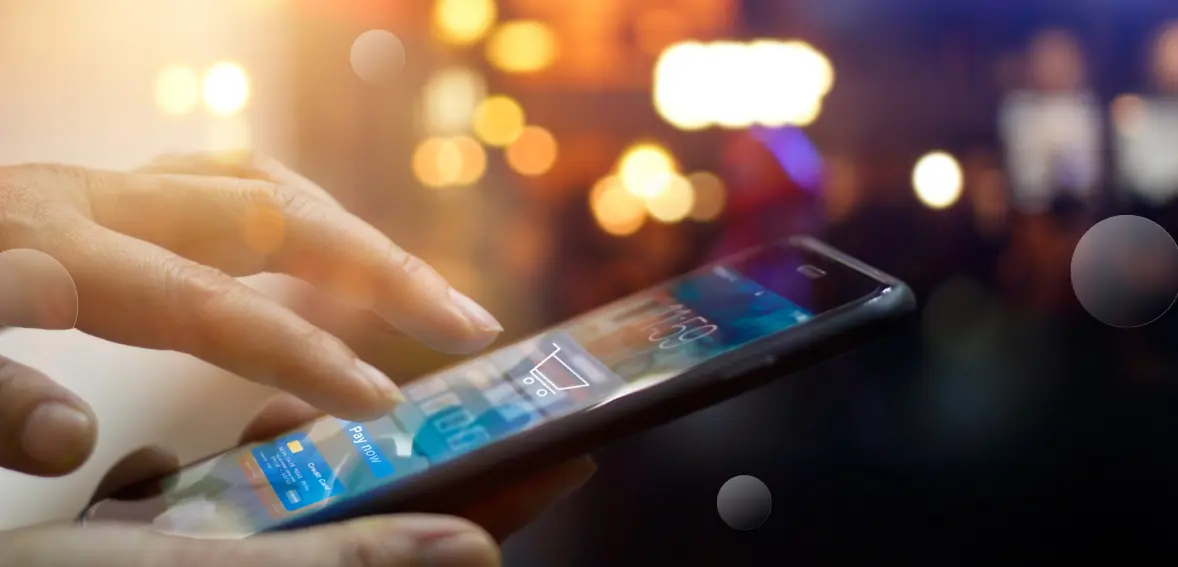A mobile payment is a payment made with a mobile device. Due to the increasing reliance on smartphones, many solutions will enable users to pay with their telephones.
Statistics show that one-third of UK consumers today use their NFC-enabled phones to make contactless payments in stores. In the last half of 2017, Apple Pay even increased by 11% in the average total mobile transaction as more customers are sure that they will use their cell phones for Point-of-Sale purchases thanks to their ‘limitless’ transactions.
However, in addition to contactless phone purchases, there are various kinds of mobile payments, including remote and face-to-face transactions. Let’s look at the many payment methods with your phone. Mobile phones are no longer just for talking. For everything from alarm clocks to GPS tools to fitness applications, we have relied on our devices. We purchase on our mobile devices every day, even at retail places, on ecommerce sites, and apps.
Here are some of the most common ways to send and receive mobile payments:
Mobile browser-based payments
Mobile browser-based payments, such as ecommerce, provide card-not-present (CNP) transactions to consumers with a smartphone or tablet credit, a debit or gift card, or bank information. You can use mobile phones or tablets to visit the website, add products and services to the shopping basket, and conclude your purchase with your payment information on the checkout page.

Mobile payments can also support one-click checkout processes for users who have accounts and payment information. With a one-click checkout, customers can bypass their shopping cart. They will go right to the purchase summary and confirmation section from their product page. The process makes it easier for the customer to complete a transaction.
In-app mobile payment
You can only utilize the store or business app instead of browsing a website compared to a mobile browser payment. Users have access to various mobile app stores and companies that let them buy certain products and services in a limited environment. You can download whatever apps you want when getting online. You’ve got many chances to spend here, as everything from restaurants to bookstores can have apps.

But in-app payments must be planned well. The payments should work on apps optimized for mobile users. The design can make searching and browsing for products on smartphones and tablets easy and pleasant for the eye, thereby reducing the likelihood of customers quitting the shopping cart before the checkout stage. Optimizing the page is not always a given, especially for retailers with older bespoke websites or platforms built on an outdated CMS platform.
Mobile or wireless credit card readers
Rather than depend on merely fixed card terminals, companies can invest in additional credit card readers that leverage their slots to convert smartphones or tablets into on-the-go credit card-accepting systems. These mobile scanners enable companies to pay on-site by credit card. The process works like how it would with countertop terminals.
Another technique to make mobile payments is to use a wireless credit card terminal. It is a normal credit card terminal featuring a magnetic strip or reader, a keyboard, and a screen. Wireless terminals do not require a telephone line to work but instead rely on Wi-Fi in many locations to receive credit cards.
Mobile payments do not require the usage of a reader for the credit card. Companies can log into a smartphone, tablet, virtual terminal application, or ACH to enter the information manually.
All these mobile payment solutions allow dealers to manage on-the-go purchases, including on-premises events such as fundraising, exhibitions, and conferences. Physical stores can also use this technology to benefit from mobile payments.
Contactless mobile payments or mobile wallets
Shoppers and companies can now allow Bluetooth and analog technology transactions without taping a credit or debit card. You can wave your mobile device over a contactless scanner that wirelessly saves payment information to complete the transaction.
Many modern e-commerce platforms have an integrated feature called a one-click digital wallet payment. The system allows companies to switch on and off from their store settings. Merchants merely need an EMV-compliant, contactable payment terminal, which combines NFC and MST technology, the same as tap-enabled credit and debit card technology, to store digital baggage.
One of the other contactless payment technologies you can incorporate is near-field communication (NFC). It is similar to Bluetooth unless a more secure and tight contact is necessary for data transmission. The technology makes it possible to accept mobile wallets like Apple Pay, Samsung Pay, and Google Pay. The adoption of NFC payments in the United Kingdom is rising fast with these mobile wallets.
NFC phones employ the review of a local radio frequency to communicate with NFC-enabled card machines. Mobile telephones do not have to touch the point of sale, but they must be within a few centimeters to transmit information. The data can include how much money will be spent in the transaction.
Mobile wallets aren’t simply for shopping in-store. Customers can pay for things with mobile wallets online wherever your app is accepted. You can make the app available anywhere you want it to be, which can be convenient for many work purposes.
Other mobile payment options are currently accessible, such as SMS payments, direct payment links, and other solutions. While numerous applications are restricted and used, there is no question that customers will continue to develop the demand for easy mobile payment solutions by 2021 and beyond. The sector will therefore continue to evolve as companies explore new ways to make shopping as fast, easy, and convenient as possible.
A BAMS trading account is the greatest choice for today’s traders who want to follow their mobile payment potential. BAMS companies can connect their accounts to many point-of-sale and ecommerce systems, plus you can take digital wallets with our contactless payment hardware.

